- JP
- EN
History
140 Years of History, Underscored by Our Never-ending Spirit of Challenge
In 140 years since MOL was founded, we have continued to expand thanks to our never-ending spirit of challenge.
MOL generates added value to the goods and materials we transport via our main business, international ocean shipping.
Through ocean shipping, we contribute to the development of global industries and to more prosperous communities, which is part of our corporate social responsibility. Still, we have inherited this as the spirit of our company since our founding, and we are proud to continue in that vein.
-
-1944 Foundation and Internationalization
- 1878
-
The iron-hulled steamer Hideyoshi Maru begins ocean transport of Miike coal from Kuchinotsu, Japan, to Shanghai.
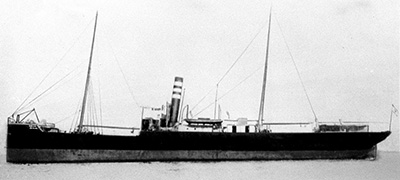
- 1884
-
Osaka Shosen Kaisha (OSK Line) is founded.

The head office building at the time of OSK Line's founding period
- 1912
-
The largest cargo/passenger ship Kurenai Maru enters service,which operates on the Seto Inland Sea route connecting Hanshin and Kyushu.
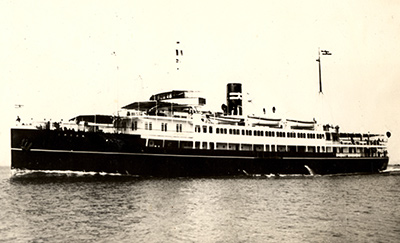
- 1930
-
The high-speed cargo ship Kinai Maru enters service, and covers the Yokohama-New York route in 25 days and 17.5 hours, well below the industry average of 35 days.
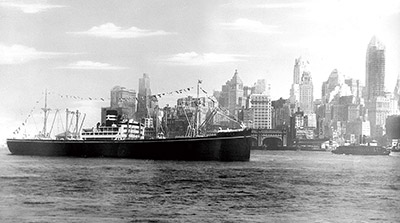
- 1939
-
The Argentina Maru and Brasil Maru are built and enter service as cargo/passenger liners on the South America route. These vessels represent the state of the art in Japanese shipbuilding at the time.
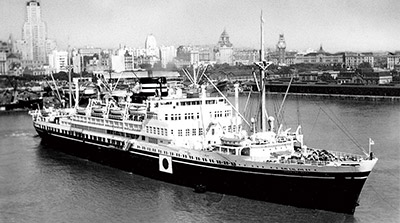
Argentina Maru
- 1942
-
Mitsui & Co. spins off its shipping department to create Mitsui Steamship Co., Ltd.

The head office building at the time of Mitsui Line's founding. (Nihombashi, Tokyo)
-
1945-1980 Fleet Expansion and Modernization
- 1961
-
The Kinkasan Maru, the world's first automated ship, enters service and for the first time, the engine room is operated entirely from the bridge. The automation achives to reduce the number of crews from 52 at that time to 38.
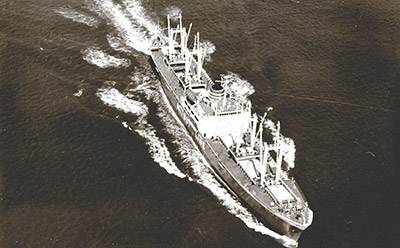
- 1962
-
The Orion Maru, also is the first automated tanker is delivered.
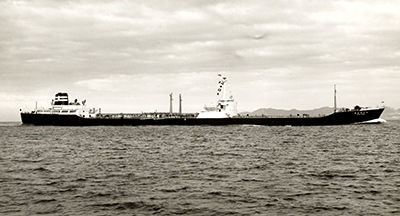
- 1964
-
Japan's shipping industry undergoes a major consolidation, with mergers creating six companies - Mitsui O.S.K. Lines, Ltd. (MOL) through the merger of OSK Line and Mitsui Steamship, Japan Line, Ltd. (JL) through the merger of Nitto Shosen and Daido Kaiun, and Yamashita-Shinnihon Steamship Co., Ltd. (YSL) through the merger of Yamashita Kisen and Shinnihon Kisen.
- 1965
-
The Oppama Maru, Japan's first specialized car carrier enters service.
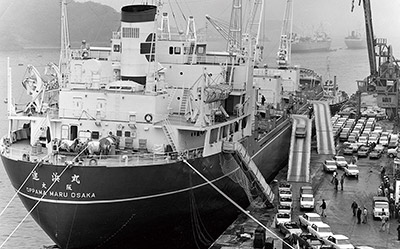
- 1968
-
MOL, JL, and YSL start operation of the full containerships the America Maru, Japan Ace, and Kashu Maru, respectively, on the Japan-California route.
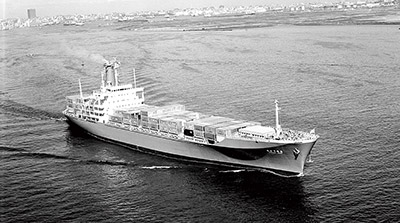
America Maru
-
1981-2000 Strengthening Core Capabilities
- 1983
-
Japan's first methanol carrier, the Kohzan Maru, enters service.
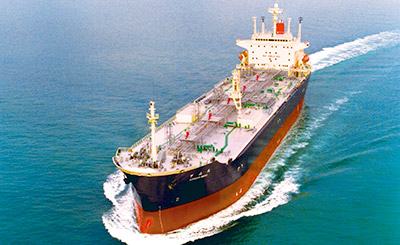
- 1984
-
The LNG carrier Senshu Maru enters service.
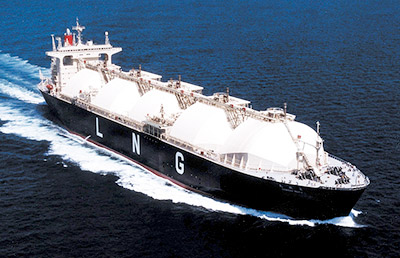
- 1989
-
- Japan's first full-fledged cruise ship, the Fuji Maru, enters service, ushering in the era of leisure cruises in Japan.
- Navix Line is established by the merger of JL and YSL.
- 1990
-
The cruise ship Nippon Maru enters service.
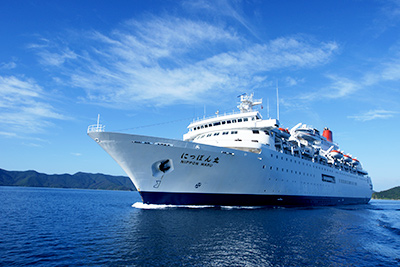
- 1993
-
Crew training school is established in Manila.
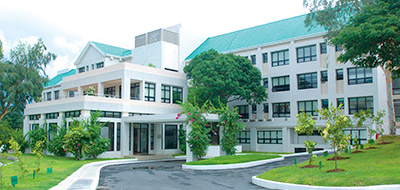
MOL Training Center (the Philippines)
- 1995
-
A strategic international tie-up called The Global Alliance (TGA) launches container shipping service.
- 1996
-
MOL acquires a share in chemical tanker operator Tokyo Marine (now MOL Chemical Tankers Pte. Ltd.)
- 1999
-
New Mitsui O.S.K. Lines is established through the merger of MOL and Navix Line.
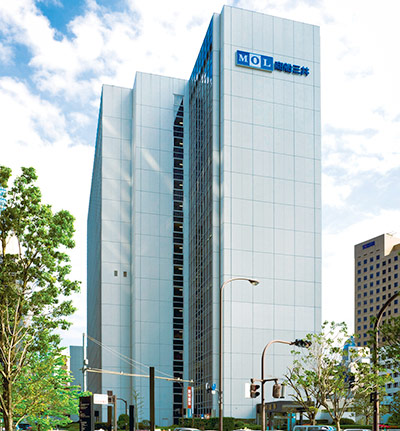
MOL Head Office building (Toranomon, Tokyo)
-
2001-2014 Strategic Growth and Transformation
- 2003
-
All departments at the Head Office and MOL-operated vessels acquire ISO14001.
- 2004
-
Daibiru Corporation becomes a consolidated subsidiary of MOL.
- 2007
-
- MOL Group logo mark is introduced.
- Safety Operation Supporting Center is established at Head Office.
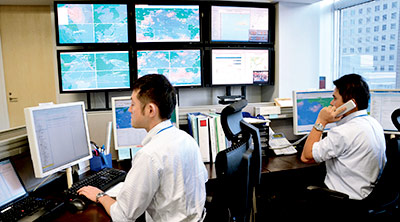
Safety Operation Supporting Center (SOSC) - The Brasil Maru, One of the world's largest iron ore carrier at the time, enters service.
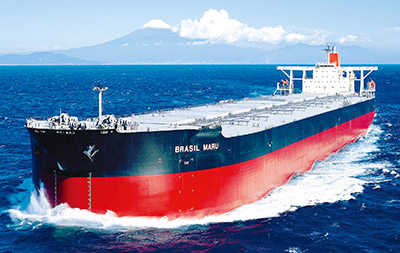
- 2009
-
Next-generation vessel concept Senpaku ISHIN project announced.
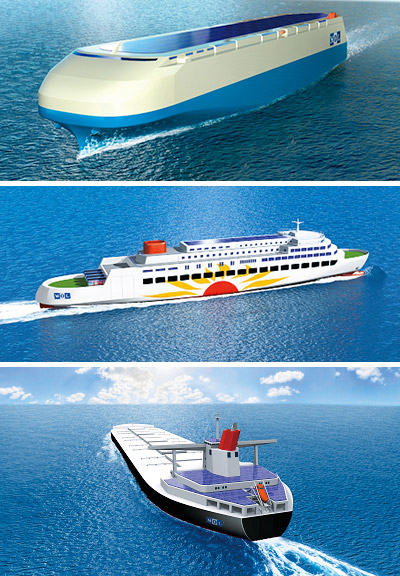
ISHINⅠ(upper) ISHIN Ⅱ (center) ISHINⅢ (lower)
- 2010
-
- New MOL Technology Research Center opens.
- The first participation in FPSO (Floating Production, Storage and Offloading units).
- 2012
-
The Emerald Ace, which represents a significant step forward in realizing ISHIN-Ⅰ, enters service.
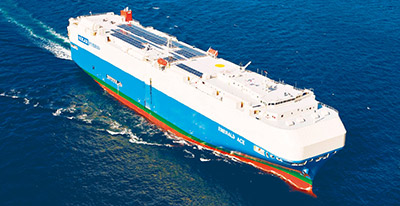
- 2014
-
130th Anniversary

-
2015- Toward a Social Infrastructure Company
- 2015
-
- Rotterdam World Gateway (RWG), the world's most innovative fully automated container terminal, opens.
- The Papua, the first LNG carrier built in China for a non-Chinese shipping company, enters service.
- 2016
-
- "ISHIN NEXT - MOL SMART SHIP PROJECT-" is launched.
- The methanol carriers Taranaki Sun, Manchac Sun, and Cajun Sun enter service. These vessels are equipped with dual-fuel engines that can run on methanol and heavy oil.
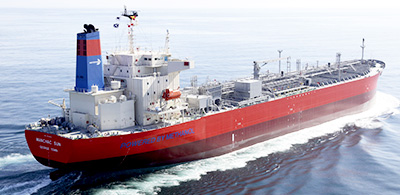
- World's first large-size ethane carrier, the Ethane Crystal, enter service.
- 2017
-
-
One of the world's largest containership, MOL Triumph, enters service.
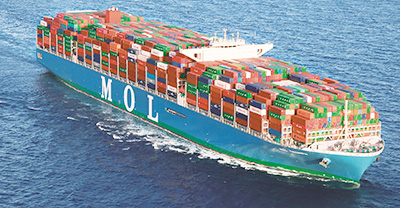
-
One of the world's largest FSRU, MOL FSRU Challenger, is delivered (Floating Storage and Regasification units).
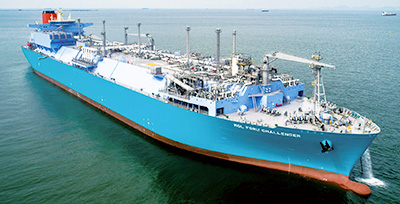
-
- 2018
-
- Container Shipping Joint Venture, Ocean Network Express (ONE) starts business operations.
- The first in the FLEXIE series of next-generation car carriers, the Beluga Ace, is delivered.
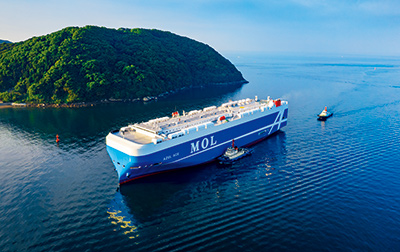
- One of the world's largest World's largest 20,000 TEU containership, the MOL Truth, receives the Ship of the Year 2017 award.
- MOL-operated ice-breaking LNG carrier transports cargo from Russia's Yamal Peninsula to Asia via the northern sea route through the Bering Strait.
- "MOL Magsaysay Maritime Academy", new MOL maritime academy in the Philippines opens.
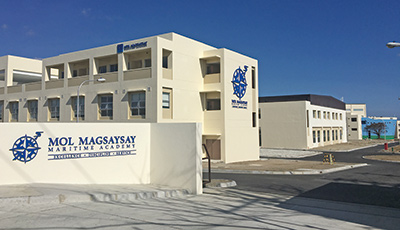
- 2019
-
LNG-fueled tugboat, Ishin, is delivered.
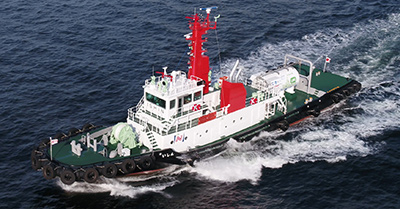
- The first LNG-to-Powership project under the co-brand "KARMOL" is delivered.
- 2020
-
- 'Lighthouse' Information Platform for Customers is launched.
- One of the world's largest LNG Bunker Vessel, Gas Agility, is delivered.
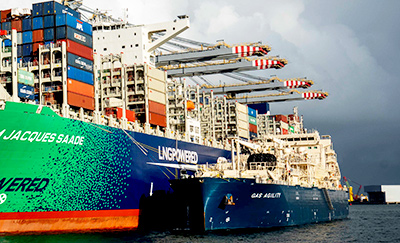
Copyrights : Port of Rotterdam
- 2021
-
-
MOL Group Corporate Mission, Vision, Values are newly stated.

- "Environmental Vision 2.1" is issued. MOL group sets a target of achieving net-zero emissions by 2050.
-
- 2022
-
Asia-first newbuild SOV (Service Operation Vessel), TSS Pioneer is delivered.
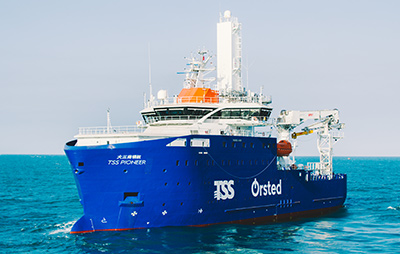
The Shofu Maru, world's first cargo Vessel equipped with 'Wind Challenger', Hard Sail, is delivered.
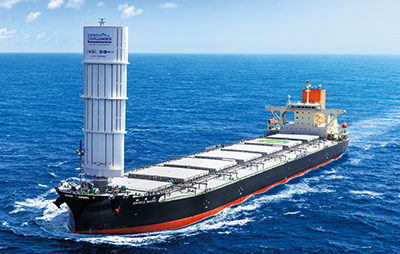
- 2023
-
Japan's first LNG-fueled ferry equipped with a dual fuel engine, the Sunflower Kurenai/Murasaki, which offer greater transport capacity and convenience for both cargo and passenger transport, enters service on the Osaka-Beppu route.
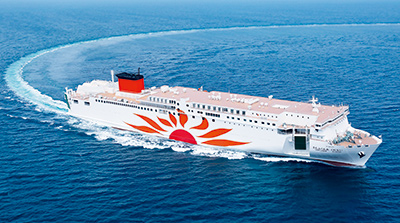
World's first large LNG-fueled coal carrier, REIMEI, which will transport coal from overseas to coal-fired power plants of Japanese electric power companies, is delivered.
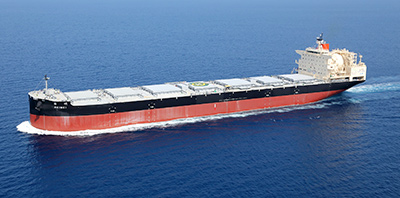
- Start operation 3 CTVs (Crew Transfer Vessel), which support the construction and operation of the project, transporting workers to and from the offshore windfarm.
- MOL Group established a new management plan, "BLUE ACTION 2035" and launched initiatives based on long-term strategies at a new stage.
- 2024
-
-
LNG-fueled PCC (Pure Car Carrier), named BLUE Series, Cerulean Ace is delivered as the first vessel of the series.
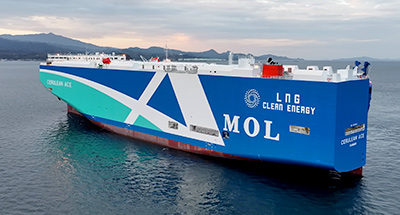
-
140th anniversary. Proceeding to "what we want to be in 2035".
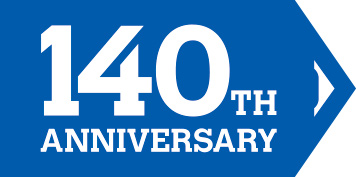
-
Safety Operation Supporting Center (SOSC) has renovated. Utilize a video wall system to simultaneously display a wide range of information necessary for safe operation support on a large screen.
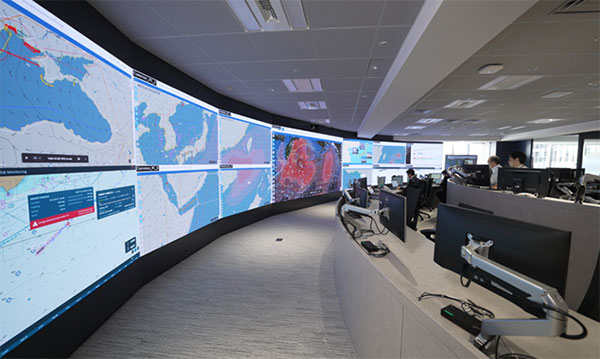
-
The cruise ship "MITSUI OCEAN FUJI" enters service. Started a two-vessel operating system together with the NIPPON MARU.

-



